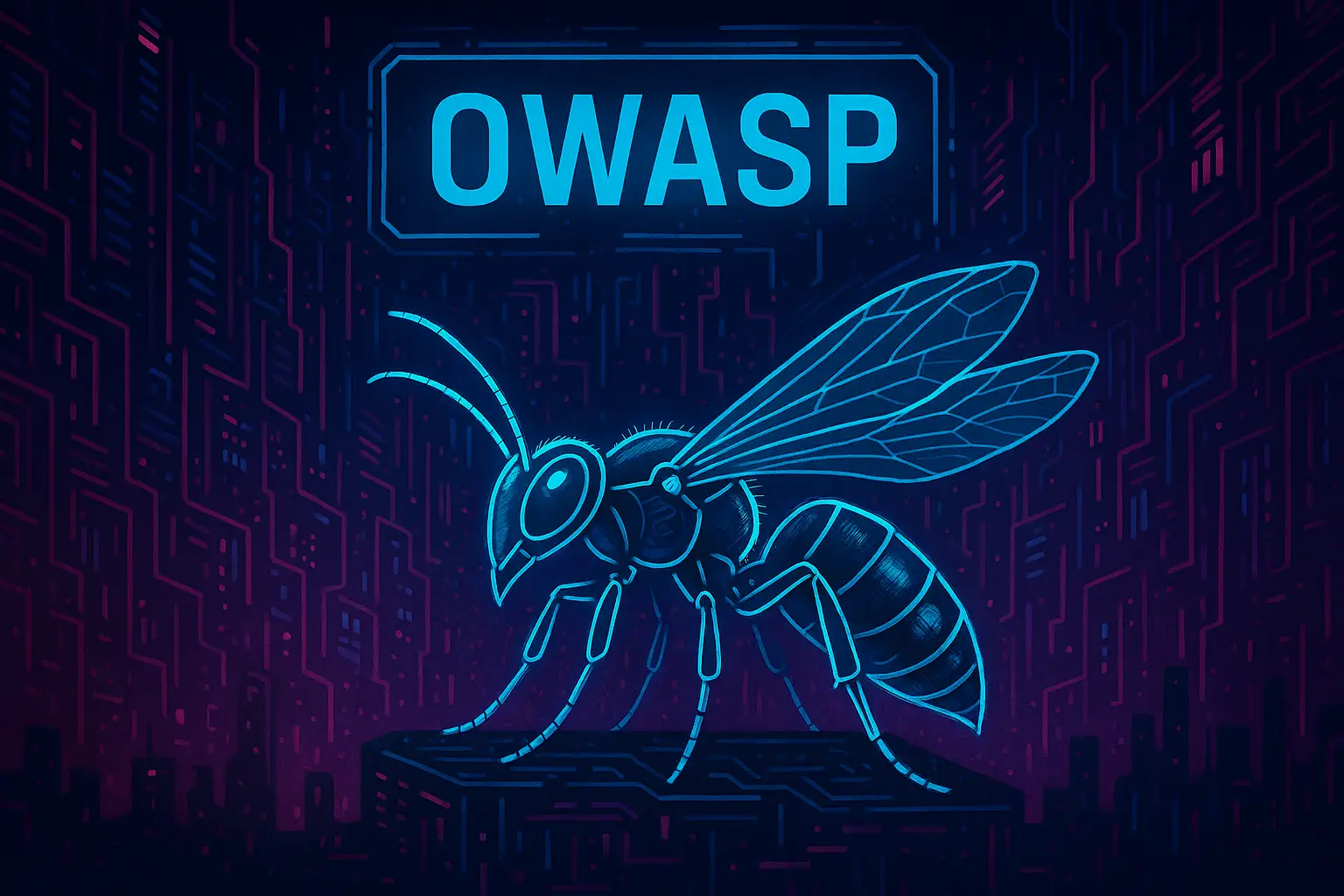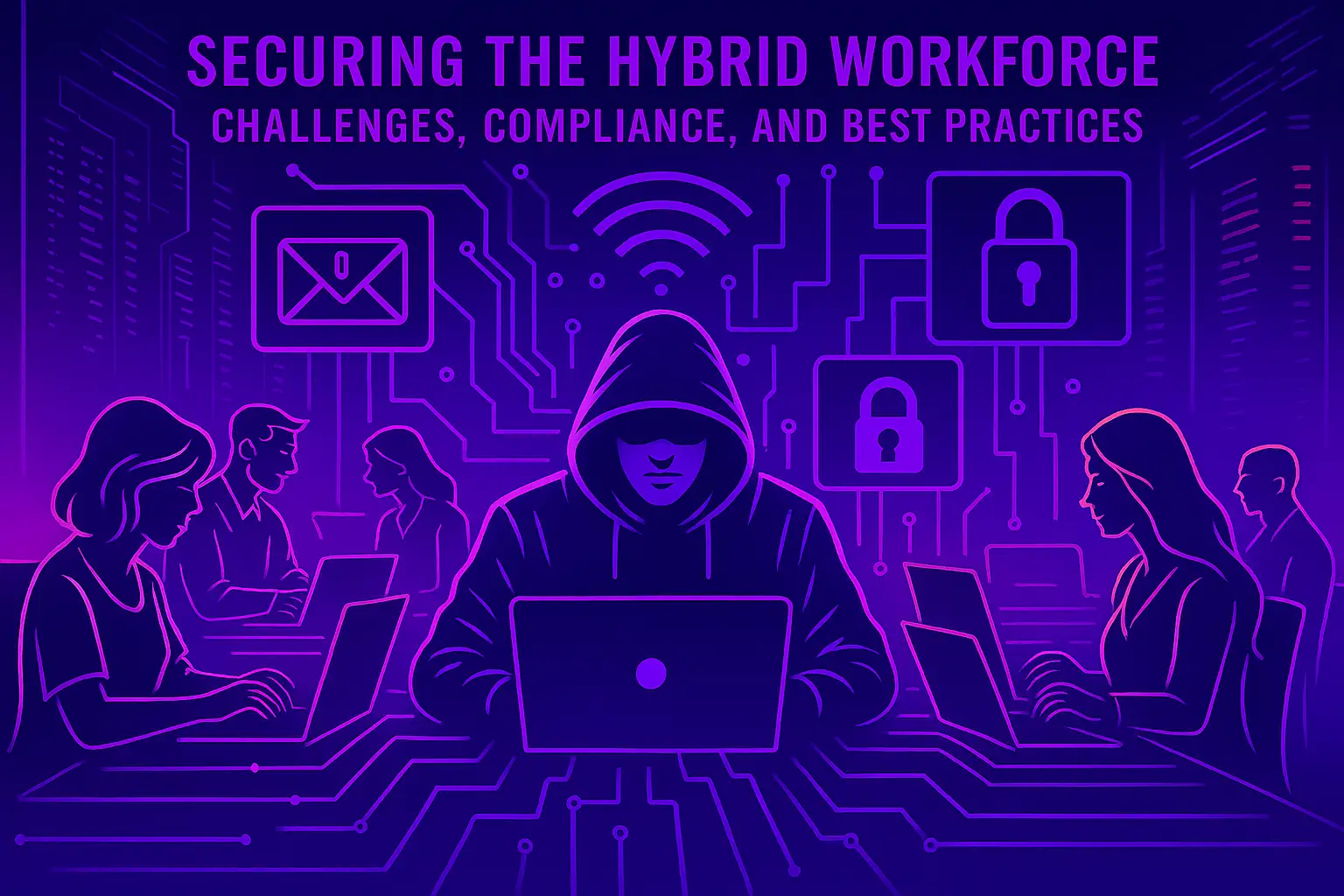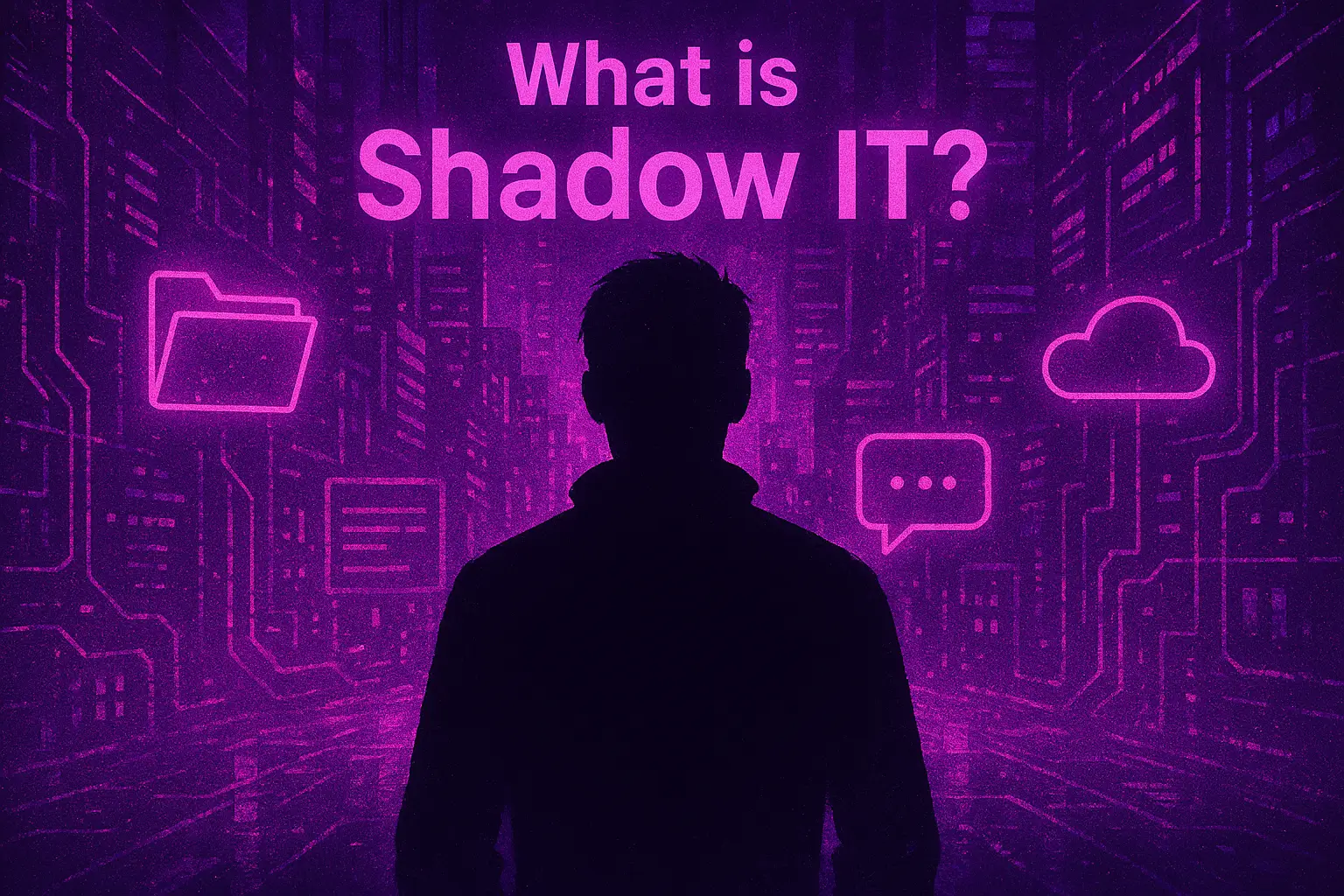Having covered structured frameworks, methodologies, and essential tools, it’s time to explore real-world scenarios that illustrate the power and effectiveness of proactive threat hunting. Through these detailed case studies, we aim to highlight practical applications of the techniques and tools we’ve previously discussed, showing clearly how structured methodologies deliver measurable value in detecting and mitigating threats.
Scenario 1: Uncovering Persistence Through Legitimate System Tools
In one notable engagement at Cyber Defence, our threat hunters faced an adversary who skillfully employed legitimate system tools—often referred to as “living off the land” binaries (LOLBins)—to maintain persistence and avoid detection. Initial alerts were minimal; however, our hypothesis-driven hunt began by closely analysing endpoint telemetry and Windows Event Logs.
The hunting team targeted suspicious uses of PowerShell, Windows Management Instrumentation Command-line (WMIC), and Scheduled Tasks. The team quickly identified anomalies by comparing current activities against established operational baselines. PowerShell activities logged with uncommon encoding patterns and scheduled tasks executing at irregular intervals raised suspicion. Further investigation revealed encoded PowerShell scripts designed to maintain hidden backdoor access.
Once confirmed, immediate isolation of affected systems and proactive revocation of compromised credentials prevented the adversary from expanding their foothold or exfiltrating sensitive data.
Scenario 2: Detecting Credential Theft and Lateral Movement
In another real-world example, a client in the logistics industry suspected compromised credentials after noticing abnormal access patterns. Cyber Defence deployed a structured data-driven hunt, initially analysing authentication logs, Active Directory events, and remote access logs.
The hunt revealed anomalous login attempts from geographically dispersed locations during unusual hours. Leveraging Elastic Stack for rapid correlation and analysis, our threat hunters traced lateral movement attempts via Remote Desktop Protocol (RDP) and Windows administrative shares (SMB). This investigation was further enriched by endpoint interrogation using Velociraptor and OSQuery, revealing anomalous registry entries and modified system binaries designed to harvest additional credentials.
A swift incident response action involved resetting compromised accounts, enforcing multifactor authentication (MFA), isolating compromised systems, and halting the adversary’s activities. Post-incident improvements in monitoring RDP and SMB usage further strengthened the client’s security posture against similar future threats.
Scenario 3: Proactive Hunting for Advanced Persistent Threats (APT)
Advanced Persistent Threats represent a unique challenge due to their stealth, patience, and resourcefulness. During an engagement with a financial services provider, our threat hunters proactively conducted a comprehensive hunt to identify signs of potential nation-state cyber activity, guided by intelligence from industry-specific threat reports.
The investigation focused on detecting low-volume, persistent beaconing communications typically indicative of APT command-and-control channels. Using Zeek for detailed network traffic analysis, the team detected subtle anomalies, including periodic DNS requests and intermittent encrypted communications to previously unknown external IP addresses.
Correlating these findings with endpoint data revealed hidden malware implantations designed for persistent access and stealthy data collection. Immediate isolation of compromised endpoints, network-level blocks of malicious IPs, and detailed forensic analysis were swiftly carried out, disrupting the adversary’s capability to exploit the network further.
Lessons Learned and Best Practices
These scenarios underscore the importance of structured and proactive threat-hunting approaches. Effective threat hunting requires constant vigilance, robust hypothesis formation, and a willingness to pivot investigations dynamically based on emerging findings. Comprehensive documentation of hunting methodologies, detected threats, and response actions is crucial to inform and continuously improve future hunts.
Furthermore, cultivating an organisational culture prioritising proactive security, continuous learning, and cross-team collaboration significantly enhances threat-hunting effectiveness, enabling quicker detection and more decisive responses to emerging threats.
Actionable Takeaways
Organisations should actively:
- Regularly execute hypothesis-driven hunts focused on high-risk adversary behaviours.
- Continuously enhance endpoint and network visibility to support proactive detection.
- Invest in ongoing training to refine threat-hunting capabilities, ensuring teams remain ahead of evolving adversarial tactics.
Next Steps
In Part 5, we will delve into strategies for scaling and automating threat hunting without sacrificing precision or the critical human insights that underpin successful hunts.






